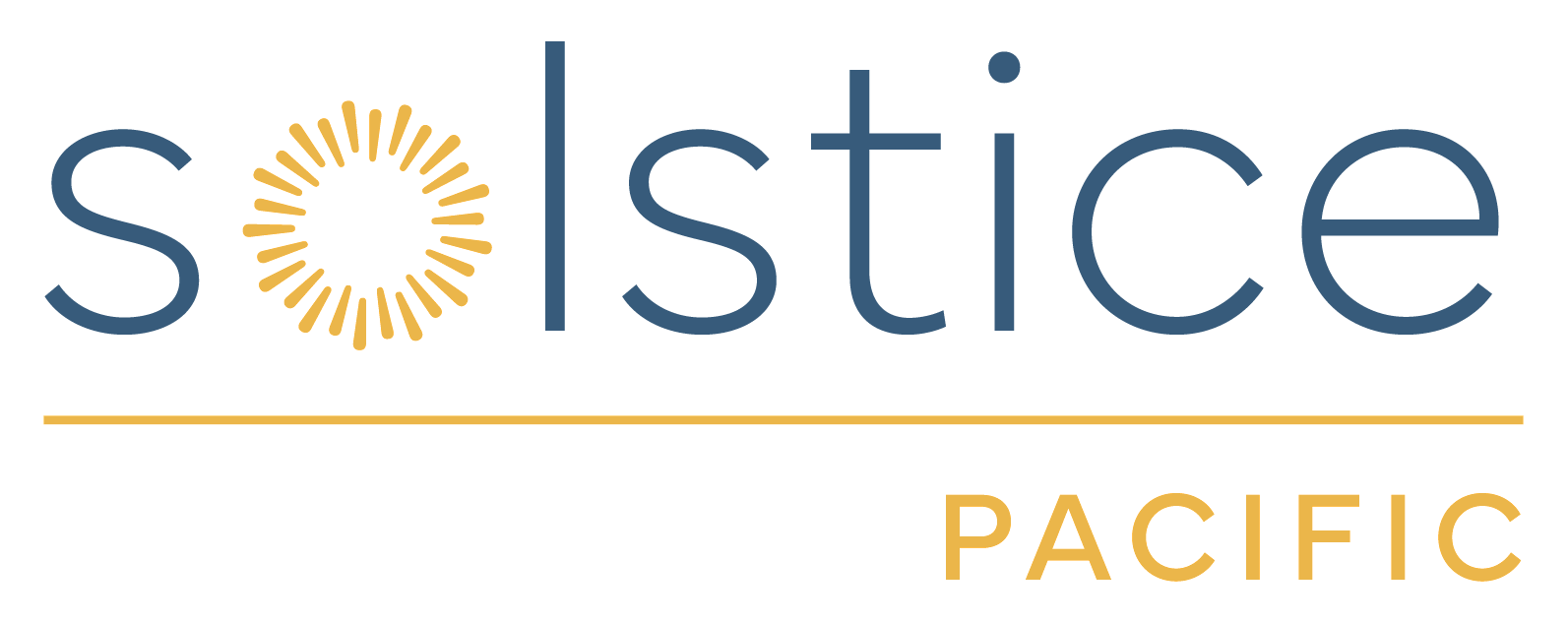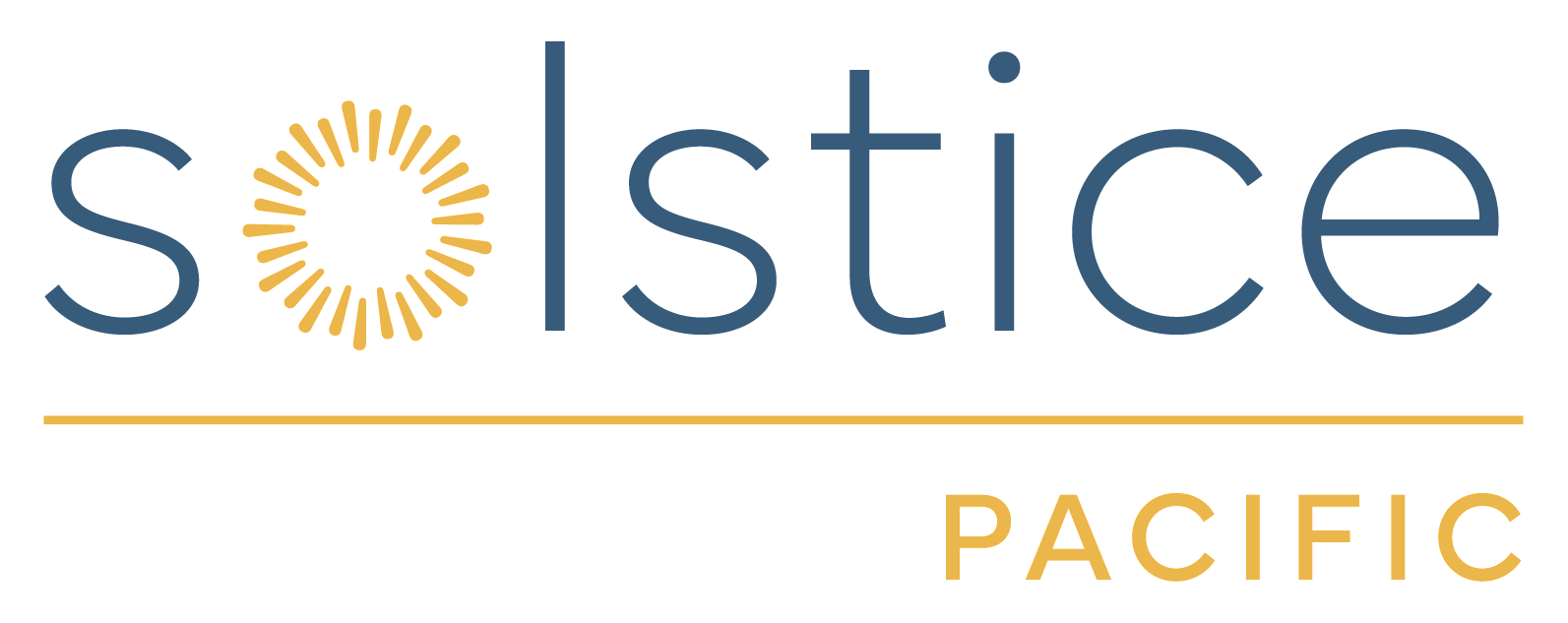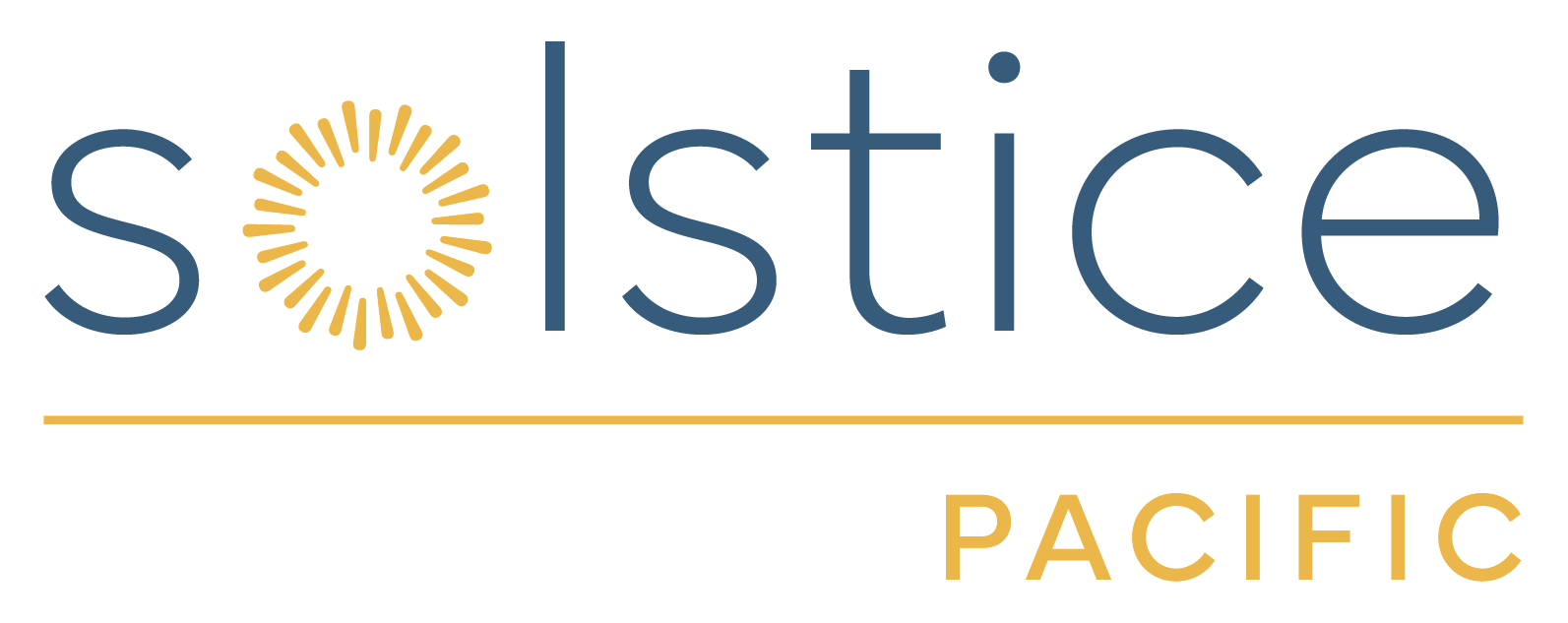What is Dialectical Behavior Therapy?
Originally, DBT started off as a way to treat borderline personality disorder. The effects worked so well that the treatment was extended to patients with other disorders that needed to learn life skills for pain management, such as depression, eating disorders, bipolar disorder, post-traumatic stress disorder, and substance abuse. These DBT skills are meant to help people who want to improve their ability to control their emotions, tolerate pain and negative emotions, be present in the moment, communicate and connect well with others, and so on.
The goal of DBT is to assist you in:
- Recognizing and accepting your negative emotions.
- Learning how to deal with them.
- Developing the ability to create good life adjustments.
As the name implies, dialectical behavior therapy (DBT) is influenced by the philosophical concept of dialectics: balancing opposites. The therapist works with the client on a regular basis to help them find methods to hold two seemingly opposing perspectives at the same time, fostering balance and avoiding all-or-nothing thinking. In order to achieve this equilibrium, DBT encourages a "both and" rather than an "either-or" mindset. Acceptance and transformation are at the center of DBT's dialectic.
DBT consists of individual therapy and group therapy, although the results can be achieved without one or the other. The point of DBT is to motivate patients to continue with their course of action to replace old behaviors with ones that are effective behaviors to steadily enhance their lives. Individual therapy sessions are one-on-one sessions with a competent therapist to ensure that all therapeutic requirements are met. The individual therapist will help the patient stay motivated, use DBT skills in daily life, and deal with any problems that may arise during therapy.
Participants in DBT skills groups learn and practice skills with others. Members of the group are encouraged to share their stories and offer mutual support to one another. One certified therapist leads each group by teaching skills and directing activities. Depending on the needs of the group members, group meetings might be shorter or longer. DBT can be presented in a variety of ways by helping professionals.
What are the DBT skills?
DBT teaches you four key skills, also referred to as modules, to manage emotional discomfort in a good, productive way - two of which are acceptance-oriented (mindfulness and distress tolerance) and two of which are change-oriented (emotion regulation and interpersonal effectiveness).
- Mindfulness is being aware of and embracing what is going on in the current moment. This might help you learn to look at and accept your thoughts and feelings without judgment.
- Distress tolerance is the ability to accept, rather than modify, discomfort in tough conditions. Distress tolerance skills allow you to get through difficult times without resorting to possibly harmful coping methods. You could employ various coping skills to assist you in dealing with your emotions during a crisis.
- Interpersonal effectiveness helps you learn how to ask for what you want and say no while still maintaining your dignity and connections with others. Intense emotions and mood swings might make it difficult to connect with people. Building meaningful relationships requires an understanding of how you feel and what you desire. Interpersonal effectiveness skills can assist you in making these distinctions. People who learn these skills can learn how to adapt to new situations while still being true to their beliefs. They learn these skills by listening, talking, and being assertive.
- Emotion regulation helps you learn how to reduce your vulnerability to painful emotions and change unwanted emotions. Emotion regulation skills enable you to cope with initial emotional responses before they escalate into a cascade of painful secondary reactions. Anger, for example, can lead to feelings of guilt, worthlessness, humiliation, and even melancholy.
DBT skills training alone has been proven to be a promising intervention for a variety of clinical and nonclinical groups and settings.
What are the stages of DBT?
Dialectical behavior therapy has four stages that are utilized to provide varying levels of therapeutic ability to provide relief for the disorder. According to how bad the patient's condition is, each step must be done before moving on to the next. There is no set time limit for this process.
Stage 1
Stage 1 is when the helping professional and client collaborate to reduce problem behaviors, life-threatening behaviors, therapy-interfering behaviors, and increase skills-based practice. By accepting the symptoms of their disorder, a patient can move forward with therapy instead of using self-destructive behaviors to deflect the painful trauma or stress that they have endured in their lifetime. During this stage, the patient will be learning skills. Learning behavioral control is the first thing that needs to be accomplished in this stage so that the patient can be instructed on how to stop hurting themselves.
Stage 2
At this stage, their dangerous behavior is under control, but they continue to suffer on the inside due to what happened in their past. While their conduct is improving, their emotional and mental well-being remains hampered. In stage 2, the purpose of DBT is to help the patient go from a state of silent desperation to one of emotional wellness. The goal is to be able to express the emotions that they feel by learning how to experience and process them in a healthier manner. Past traumas and any PTSD would be addressed at this time.
Stage 3
The patient feels that they are unworthy of happiness, love, or respect and they dismiss what their true needs are. Learning how to live a life full of positive purpose is the challenge for this stage. They can learn how to live a productive life now that they have control over their habits and are in an emotionally healthy place. Patients identify their goals, gain self-esteem, and find enjoyment in this setting. In stage 3, the primary goal of DBT is for the patient to be able to live a normal life and manage the ups and downs that life throws at them. With the appropriate work, happiness, love, and self-respect will come full circle.
Stage 4
Through spiritual practices, patients in stage 4 seek to discover greater significance in their lives. Some patients require spiritual satisfaction in order to achieve their life objectives. Using a spiritual connection to a higher power can make the experience a more fulfilling one and the effects last. Not all patients will exercise this fourth stage - if they do, patients at stage 4 develop a sense of belonging as part of a larger whole, as well as the ability to experience joy and freedom.
Get Started with DBT
When you decide you're ready to begin your DBT program, Solstice Pacific is ready to help. If you would like to learn more, please call us at (949) 200-7929.







